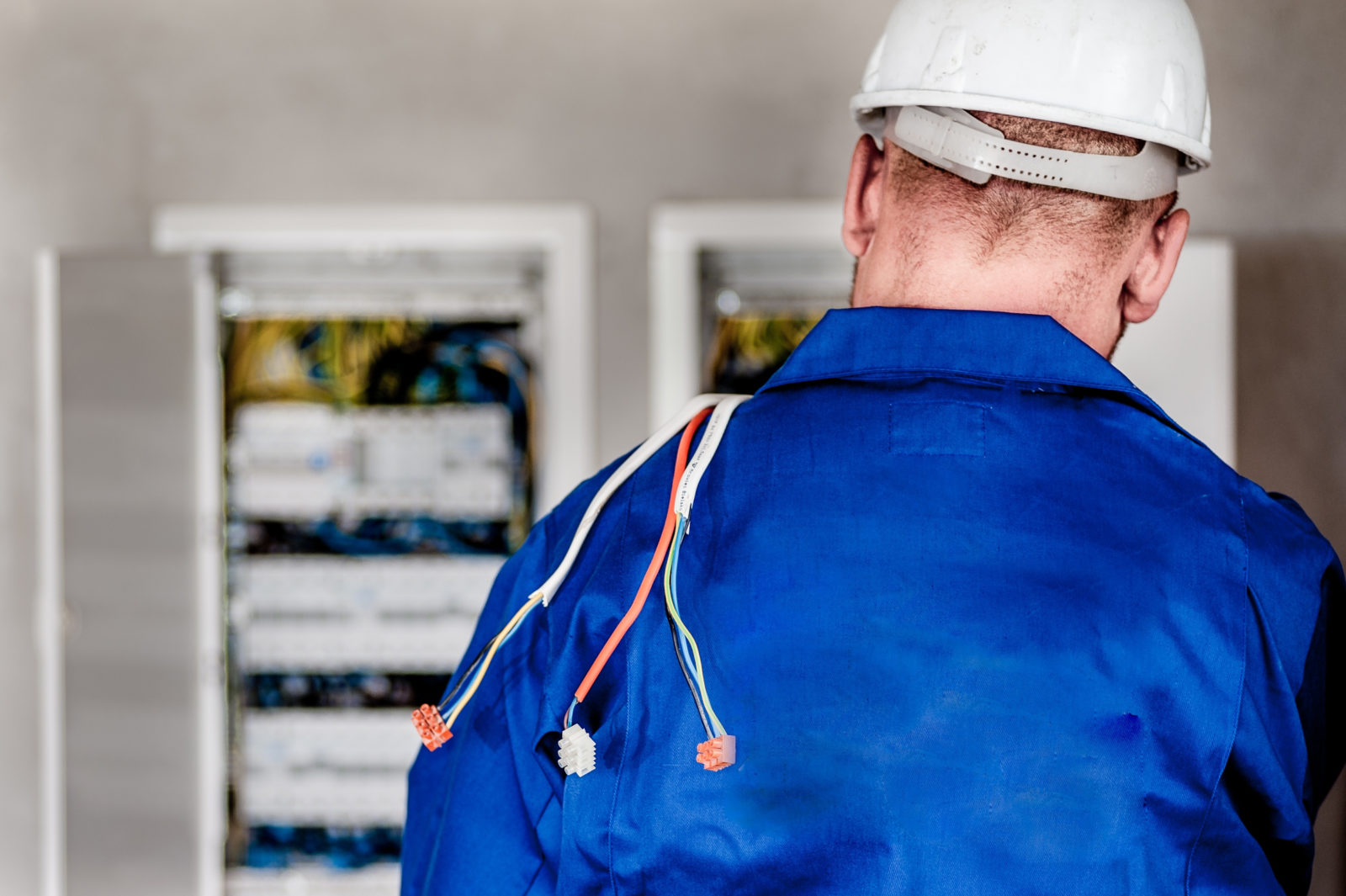Electrical equipment like most things has a finite lifespan, this is especially true for industrial electrics as they are prone to constant and heavy usage, therefore it is imperative that you have your business’s electrics tested regularly for faults as catching one early can help avoid a potential health and safety risk.
A regular safety check, known as a PIR can help ensure that your installation meets the ‘The Health and Safety at Work Act & Electricity at Work Regulations’ as well as BS 7671 Wiring Regulations, which businesses are required to uphold. It is principally split into two main parts inspection and testing.
Before an inspection is carried out
In order to ensure the safety of both electrical engineers and onsite personnel, there are a number of safety precautions that will need to be outlined in order to make the environment as hazard-free as possible. Inspectors will assess the building for things such as the risk of shock, potential fire hazards, equipment with moving parts, the risk of arcing, etc.
Once the area has been assessed, inspectors will notify onsite personnel, that there is an electrical inspection going on. The switch/control gear will more than often be labelled to avoid accidental usage of the system being inspected and tested. As the installation has not been verified as safe at this current point in time, it is best to treat it as a potential hazard until declared otherwise.
Inspection
This is the precursor to the testing phase and is often features the installation being disconnected from the power supply.
The inspection usually focuses on the following areas:
- Ensuring the equipment complies with standards, usually, this is in the form of a mark of certification by the manufacturer or the installer.
- The equipment in question has been installed according to electrical regulations.
- Safety of the installation and the equipment (i.e. not damaged or defective).
The items checked are listed in Regulation 611.3 ‘Inspection’ BS7671.
Testing
Testing will be carried out using equipment outlined in Regulations 612.2 to 612.13.
Compliance is key as if any of the equipment fails that particular test, as well as any other testing, will have to be repeated once the fault is fixed. If not the test results may not be accurate due to interference from the fault.
Who can carry out inspections & tests?
Before the installation can be inspected or tested it should be worth noting that an experienced electrical contractor should be consulted. As NICEIC approved contractors CJ Timms are fully qualified to carry out a full inspection and test of your facility. Call us today for a free quotation.




















